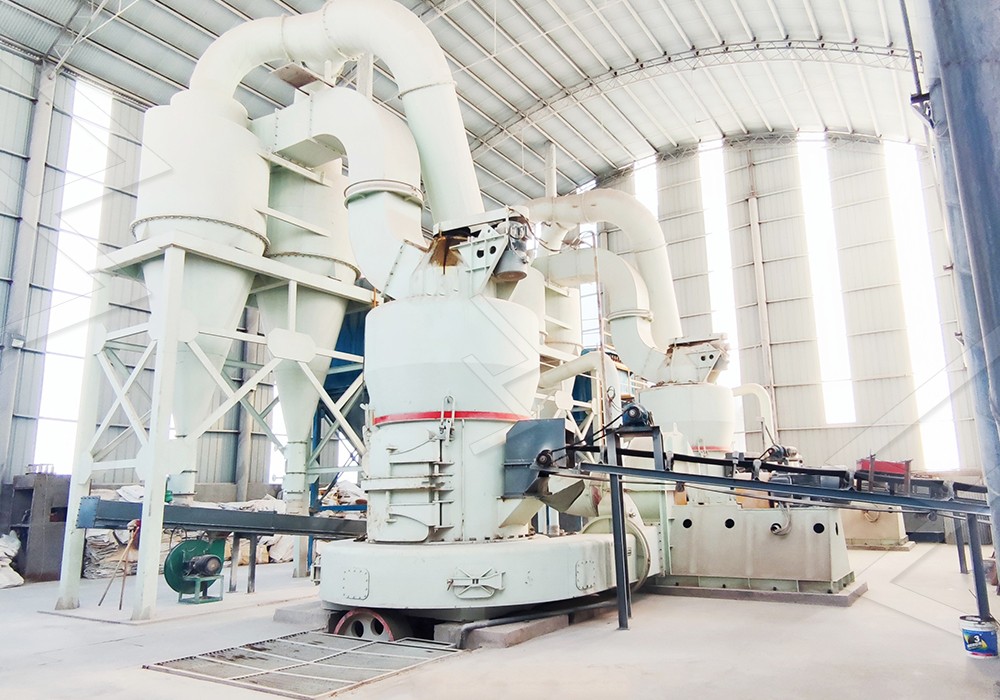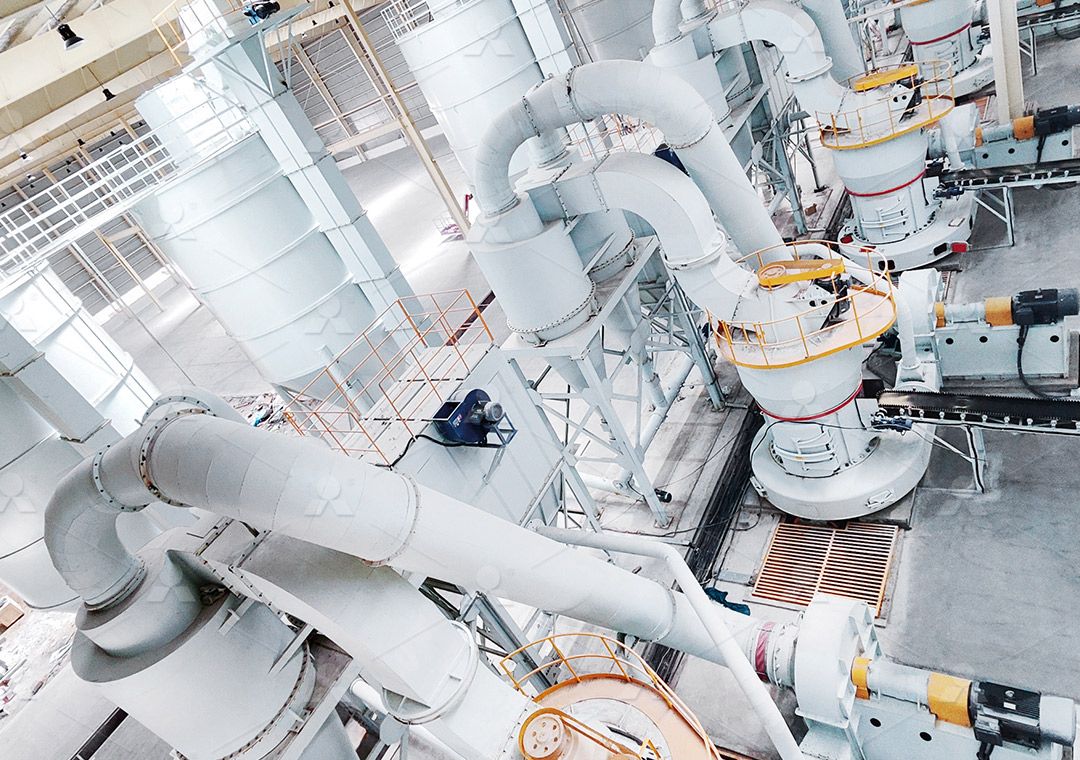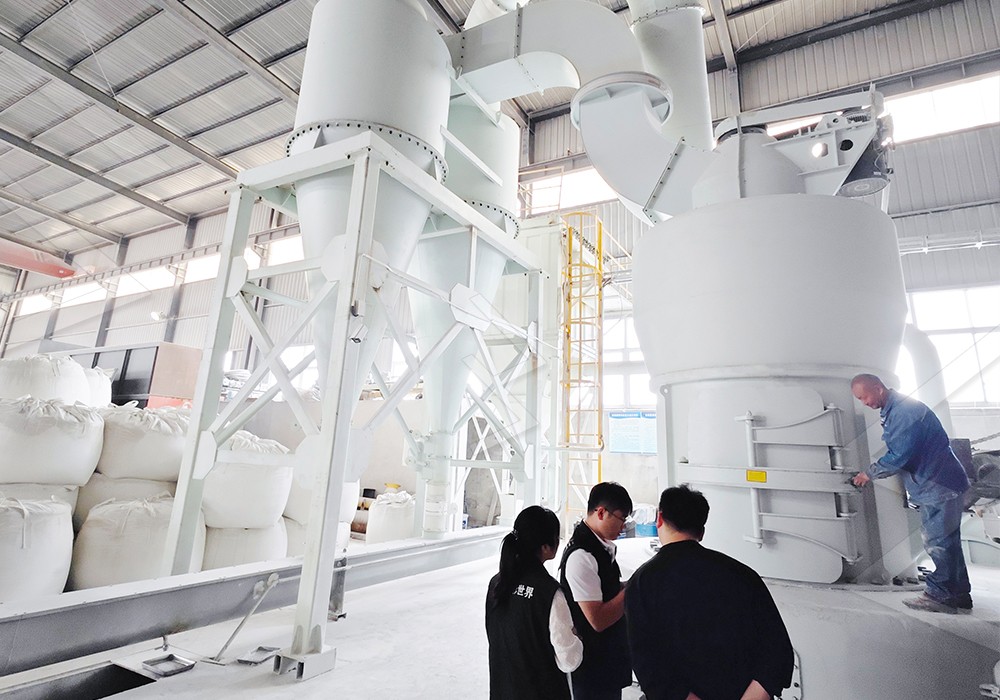Surface Modification Techniques for Calcium Carbonate Powder Production
Surface Modification Techniques for Calcium Carbonate Powder Production
The production of high-quality calcium carbonate powder extends far beyond simple grinding and classification. Surface modification represents a crucial step in enhancing the material’s performance characteristics for various industrial applications. This process fundamentally alters the interfacial properties between calcium carbonate particles and polymer matrices, transforming ordinary fillers into functional additives.
Modern surface modification techniques primarily involve chemical treatment using coupling agents, surface-active agents, or polymers that create a molecular bridge between the inorganic filler and organic matrix. The effectiveness of these treatments depends heavily on achieving optimal particle size distribution and surface area through precise grinding technology.

The Critical Role of Grinding Technology in Surface Modification
Successful surface modification begins with proper particle size reduction. The grinding process must produce particles with consistent morphology and high surface activity to ensure effective chemical bonding during modification. Traditional grinding methods often fail to achieve the necessary surface characteristics for optimal modification results.
For operations requiring ultra-fine calcium carbonate powder with superior surface characteristics, the MW Ultrafine Grinding Mill presents an ideal solution. With an input size capability of 0-20 mm and capacity ranging from 0.5 to 25 tph, this equipment delivers precisely controlled particle size distribution essential for effective surface modification. The mill’s cage-type powder selector, incorporating German technology, enables precise fineness adjustment between 325-2500 meshes, while its innovative design eliminates rolling bearings and screws in the grinding chamber, preventing contamination that could interfere with modification chemistry.
Advanced Modification Techniques
Contemporary surface modification employs several sophisticated approaches:
- Dry Modification: Conducted without solvents, this method uses high-speed mixers to evenly distribute modifiers across particle surfaces
- Wet Modification: Performed in slurry form, ensuring thorough coating of individual particles
- In-situ Modification: Integrating modification agents during the precipitation process for calcium carbonate synthesis
Each method requires specific particle characteristics that grinding equipment must deliver consistently. The modification process enhances compatibility with polymer matrices, improves dispersion, reduces viscosity in compounded materials, and increases mechanical strength in final products.

Equipment Considerations for Modified Calcium Carbonate Production
Producing surface-modified calcium carbonate demands equipment capable of generating particles with high surface energy and controlled size distribution. The grinding system must operate with minimal contamination risk while providing flexibility in fineness adjustment.
Another excellent option for operations with space constraints is the LUM Ultrafine Vertical Grinding Mill, which handles input sizes of 0-10 mm with capacities of 5-18 tph. Its unique roller shell and lining plate grinding curve design promotes easier material layer generation and achieves high finished product rates through single-pass powder milling. The PLC control system and multi-head powder separating technology enable precise control over grinding parameters critical for subsequent modification processes.
Application-Specific Modification Strategies
Different industries demand specific modification approaches:
- Plastics Industry: Modified calcium carbonate improves impact strength and reduces production costs
- Paints and Coatings: Enhanced dispersion and opacity through proper surface treatment
- Paper Manufacturing: Improved brightness and filler retention characteristics
- Rubber Products: Better reinforcement and processing properties
- Adhesives and Sealants: Controlled rheology and enhanced performance
The selection of appropriate grinding technology directly influences the effectiveness of these modification strategies, making equipment choice a critical consideration in production planning.

Frequently Asked Questions
What is the primary purpose of surface modification for calcium carbonate?
Surface modification transforms calcium carbonate from a simple filler to a functional additive by improving compatibility with polymer matrices, enhancing dispersion, and increasing mechanical properties in composite materials.
How does grinding technology affect surface modification effectiveness?
Proper grinding creates particles with optimal surface area, morphology, and chemical activity. Consistent particle size distribution and clean surfaces free from contamination are essential for successful modification.
What industries benefit most from surface-modified calcium carbonate?
Plastics, paints, paper, rubber, adhesives, and cosmetics industries all utilize modified calcium carbonate to improve product performance, processing characteristics, and cost-effectiveness.
Can the same grinding equipment handle different modification requirements?
Advanced grinding mills like the MW Ultrafine Grinding Mill offer adjustable fineness between 325-2500 meshes, making them suitable for various modification applications by providing precise control over particle characteristics.
What environmental considerations exist for surface modification processes?
Modern grinding equipment incorporates efficient dust collection and noise reduction features, while many modification processes now use environmentally friendly agents that minimize volatile organic compound emissions.
